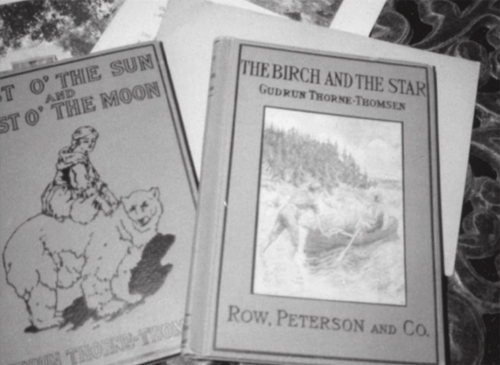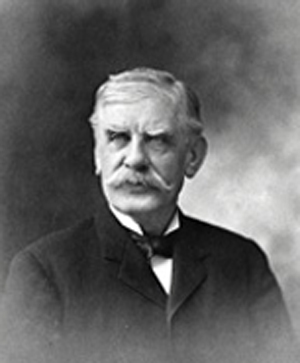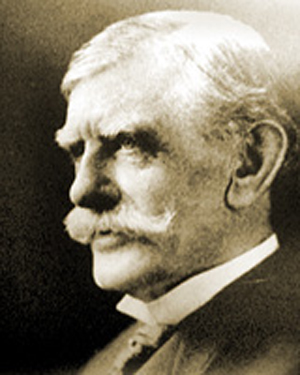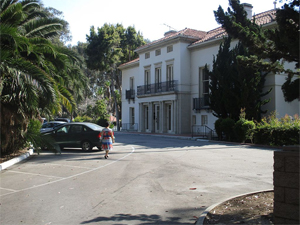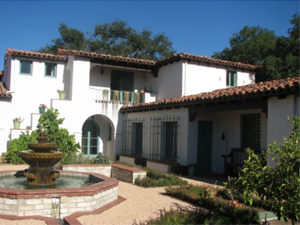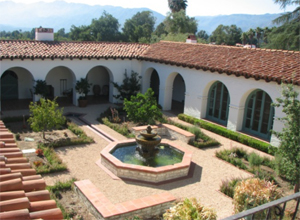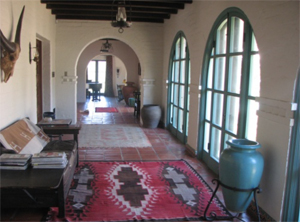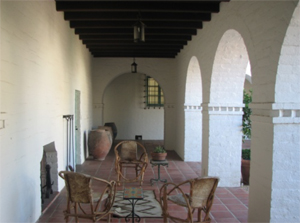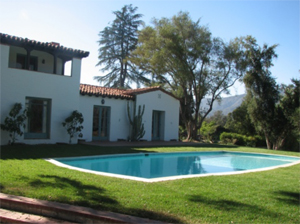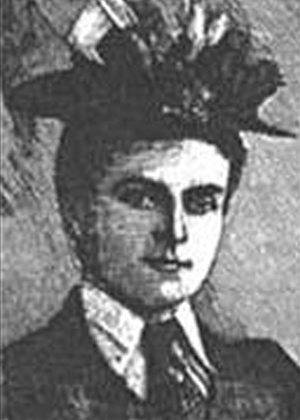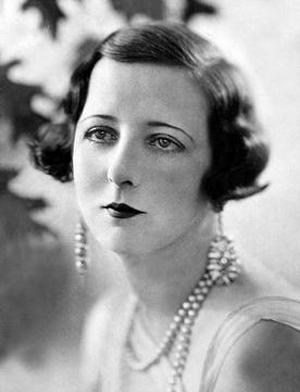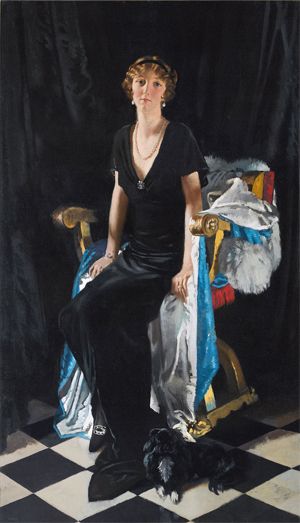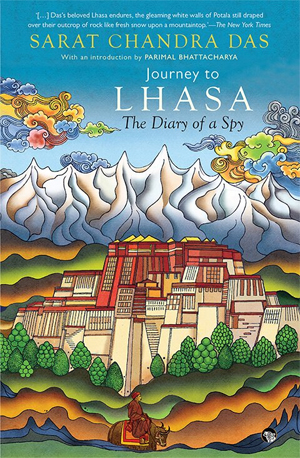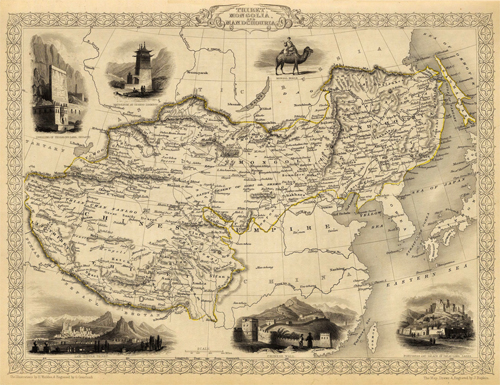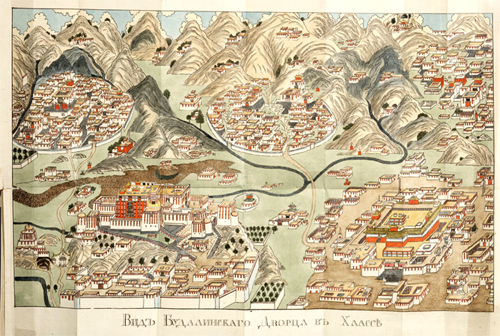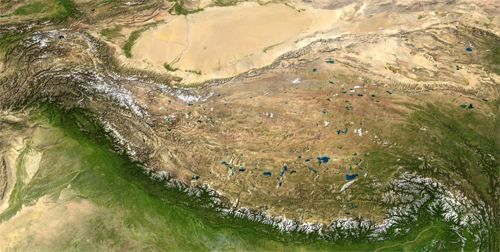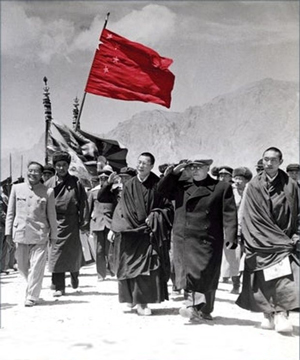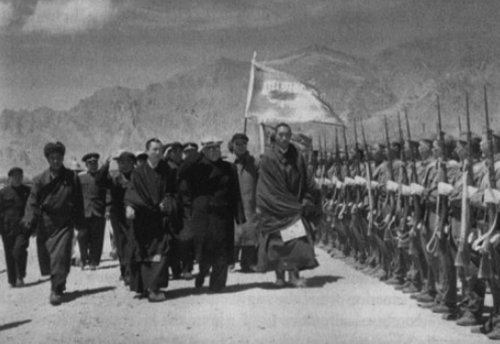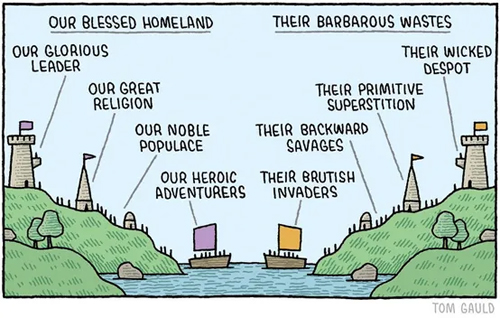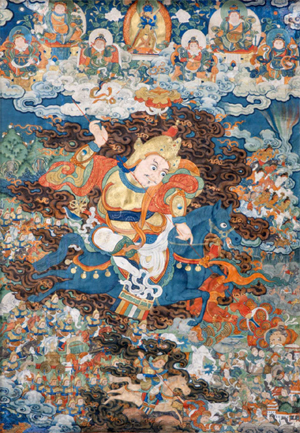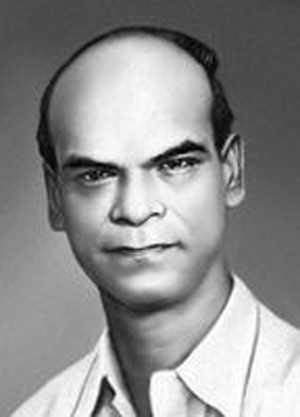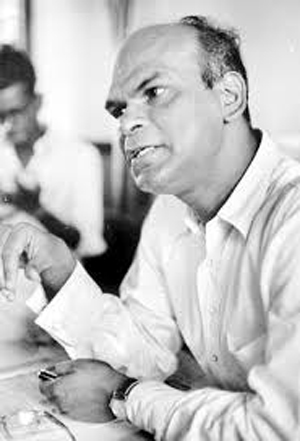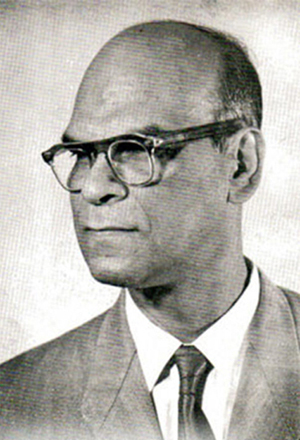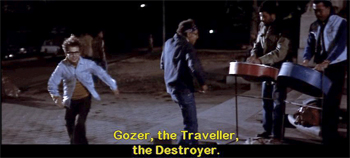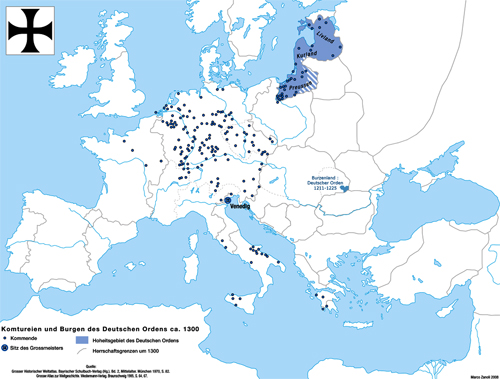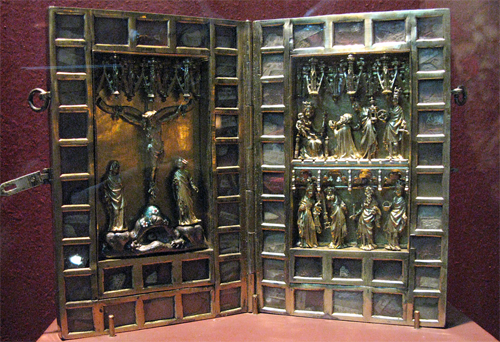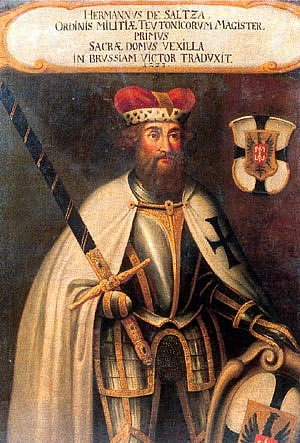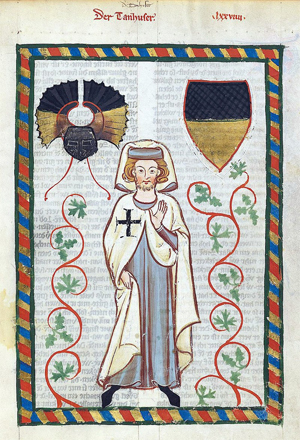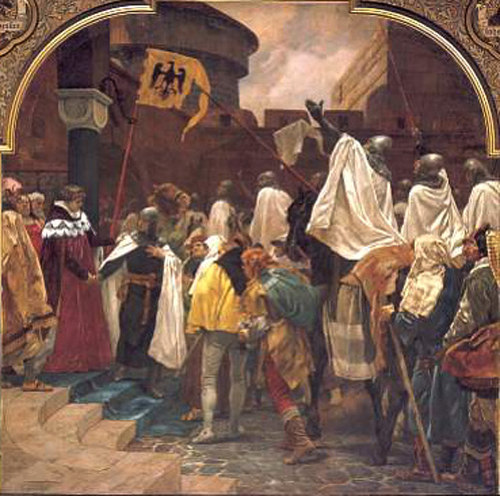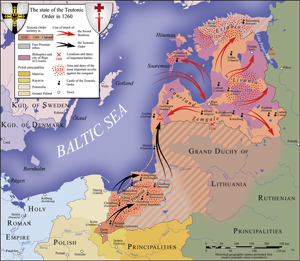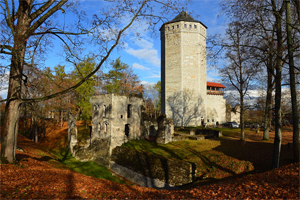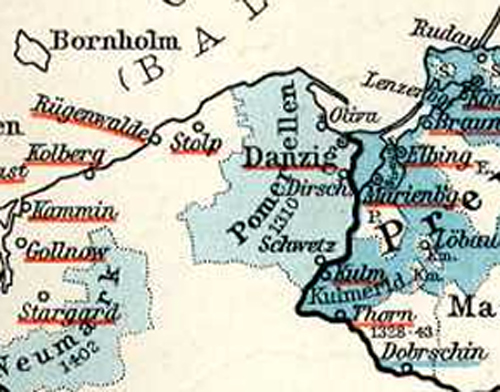by Wikipedia
Accessed: 7/2/20
Osel [Rangdrol Mukpo/Sakyong Mipham] was in boarding school in Ojai, California. We thought that an intense residential situation might help overcome his difficulties learning to read and write in English...
The day of his enthronement [1976], Gesar and I were driven by members of the Dorje Kasung to the dharmadhatu in Berkeley... Osel was also there to witness the enthronement. He was in boarding school at the Ojai Valley School near Santa Barbara at this time, a school founded on, the teachings of Krishnamurti and Rudolf Steiner. He was maturing into a much more confident and outgoing young man [14 yrs. old].
-- Dragon Thunder: My Life with Chogyam Trungpa, by Diana J. Mukpo with Carolyn Rose Gimian
Ojai Valley School
Location: Ojai, CA, United States
Coordinates 34°27′0″N 119°9′38″WCoordinates: 34°27′0″N 119°9′38″W
Information
Type: Private, Boarding, Day
Established: 1911
President: Michael J. Hall-Mounsey
Faculty: 60
Campus size: 425 acres (1.72 km2)
Color(s): Green and White
Mascot: Spud
Website: http://www.ovs.org
Ojai Valley School is a co-educational independent boarding school in the Ojai Valley near the city of Ojai, California, United States. The school was founded in 1911 and offers pre-kindergarten through 12th grade education. [1]
The motto of the school is Integer Vitae. In English it means, "wholeness of life" or "symmetry of life".[2]
Ojai Valley School was one of the first boarding schools in the Western United States to establish English as a Second Language (ESL) programs for all ability levels.[3]
Campus and facilities
The school is located on two campuses in the Ojai Valley. The Lower Campus, located near downtown Ojai, enrolls day and resident students in grades pre-kindergarten to eight. The facilities include a performing arts center, cottage-style classrooms, dormitories, library, art studio, woodshop, technology center, athletic fields, a swimming pool, and stables for the equestrian program.
The Upper Campus, located seven miles (11 km) from downtown Ojai, is nestled amid orange groves and rolling hills in the east of the valley in Upper Ojai. The 195 acres (0.79 km2) campus enrolls day and resident students in grades nine to twelve. The campus is situated on a former cattle ranch and features dormitories, classrooms, athletic fields, climbing wall and ropes course, a swimming pool, as well as art and ceramics studios. The academic program on both campuses is challenging and well-rounded, encouraging students to explore their interests, know themselves, and develop a respect for others. Students participate in outdoor education, equestrian, fine and performing arts programs, as well as athletics and community service.
History
In the early part of the 20th century, an Eastern couple settled in the Ojai Valley and opened a small private school. Edward Yeomans, a Chicagoan educated at Phillips Academy and Princeton University, had written a series of articles in the Atlantic Monthly on the need for educational reform. The articles caught the eye of a wealthy businessman, Frank Frost, who persuaded Yeomans to move to Ojai and create a school that would embody his modern ideas.
At the core of Yeomans’ beliefs was the concept that children learn best through experience. Yeomans considered his own education to have been dull and stifling, and wanted to establish a school that would emphasize experiential learning and a love for the outdoors. He envisioned a place where music, art, and woodshop would be taught alongside math, history, and languages. Yeomans declared that “Integer Vitae” – meaning the wholeness of life, symmetry of life, and soundness of life would become the school’s motto and philosophy. The school has grown from a one-room classroom serving 12 pupils to a two-campus boarding and day school for more than 300 students in pre-kindergarten to 12th grades.
The school was heavily damaged by the Thomas Fire in December 2017. The fire destroyed two buildings on Upper Ojai campus, a dormitory and a science and technology building.[4][5]
References
1. Boardingschoolreview.com Stats
2. Privateschoolreview.com Information
3. Boardingschoolsusa.com Information
4. D'Angelo, Alexa (December 8, 2017). "Thomas Fire hits Ojai Valley School: 'It's a miracle there's anything left at all'". Ventura County Star. Retrieved 2017-12-09.
5. Hamilton, Matt (December 6, 2017). "Fire damages Ojai Valley School's upper campus, but administrators are determined to reopen for spring semester". LA Times. Retrieved 30 December 2017.
External links
• Ojai Valley School Official Website
• The Association of Boarding Schools profile
********************************
History
by Ojai Valley School
Accessed: 7/2/20
In the early part of the 20th century, a distinguished Eastern couple settled in the beautiful Ojai Valley and opened a small private school. Little did they know it would be flourishing more than 100 years later. Edward Yeomans, a Chicagoan educated at Phillips Academy and Princeton University, had written a series of articles in the Atlantic Monthly on the need for educational reform. The articles caught the eye of a wealthy businessman, Frank Frost, who persuaded Yeomans to move to Ojai and create a school that would embody his very modern ideas.
At the core of Yeomans’ beliefs was the concept that children learn best through experience. Yeomans considered his own education to have been dull and stifling, and wanted to establish a school that would emphasize experiential learning and a love for the outdoors. He envisioned a place where music, art, and woodshop would be taught alongside math, history, and languages. Yeomans declared that Integer Vitae – meaning the wholeness of life, symmetry of life, soundness of life, and, therefore poise and strength of life – would become the school’s motto and philosophy.
Today, the breadth of learning experiences offered at OVS is Yeomans’ legacy. The school has grown from a one-room classroom serving 12 pupils to a two-campus boarding and day school for nearly 300 students in pre-kindergarten to 12th grades. But its values and spirit remain the same.
********************************
Ojai Valley School merged educators dreams
by David Mason
Ojai Valley News
October 1, 1999
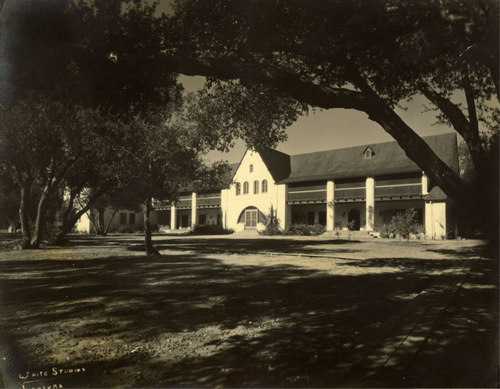
Frost Hall, designed by Wallace Neff.
“[The Ojai Valley School] So far it has proven very successful, combining as it does the most intelligent educational methods of the best city schools and the beautiful and healthful environment of the Ojai.”
-– Country Life Magazine, September 1924
During 1909, Walter W. Bristol organized the Nordhoff Union High School in the town of Nordhoff, now Ojai, and became the school’s first principal.
He held that position until 1919, when he resigned to assist his wife in the running of a small country school that she was operating, known as the Bristol School.
Mrs. Bristol’s school had started in the fall of 1912, with two students. Classes were held in her home on the northwest corner of Ojai Avenue and Bristol Road. The house had been built in 1911, and it was typical wooden construction with a screened-in sleeping porch that ran across one end.
By 1913, the sleeping porch had been divided into classrooms and desks were installed, so as to accommodate more pupils.
The need for a progressive private school was very much in evidence in the small western town.
Before long, a separate school building was erected farther north on their property. The Bristols felt that their new building would probably accommodate up to 15 pupils, but before long that total had reached 25 pupils. It was indeed a crowded little school.
The great forest fire of 1917, which had burned the Foothills Hotel and 60 other building in the Ojai Valley, also destroyed the charming little Bristol School. The fire, however, did not burn the cottages that were on the same property, so classes continued. The Bristols had been asked to board students at the their school, but there had not been enough room. Now that the building was to be rebuilt, they made plans to include rooms for boarding students and three classrooms. It was a very successful school. The outdoor life in a superb winter climate and amidst charming scenery made the school life both wholesome and attractive.
Another person who had a profound interest in the local children’s education was Edward Yeomans. Arriving in the valley for the winter of 1912, Yeomans was not happy about coming to California from his home in the east. He was working for the family business, Yeomans Brothers Co., a water pump manufacturing company, and his feelings about California were that it was merely a vacation spot for rich bankers with whom he had absolutely nothing in common. However, the beauty of the Ojai Valley and the simplicity of life here convinced him that he could find no better place in which to spend the winter.
Yeomans wrote to his friends in the east: “I felt this valley to be the most beautiful spot in the world. Fruit orchards and their blossoms, and the entire 15 miles from Ventura to Ojai, not a house visible! They valley itself was fully planted in orange groves, or left as God made it; acres of live oak trees and acres of wild wheat growing under the live oaks awaiting harvesting. Olive and fig trees line all roads and mark the divisions of property.”
Deciding to stay in the Ojai Valley, Yeomans resigned his position at the family-owned company. His desire to start a school of a progressive nature took full charge of his thinking. He had found the perfect spot for his new school, the Ojai Valley, a place he had grown to love. A valley “completely unspoiled by man — nature so generously holding her beauty and rich gifts for man’s careful husbanding on so vast a scale that man was rarely visible.”
Yeomans heard that the Bristols would be interested in selling their school and property, but Yeomans was not interested in the Bristol property or the buildings, so the Bristols agreed to sell him only the goodwill in the school.
A meeting of the prominent local residents was called to discuss the plans of Yeomans’ new school. A name was decided upon, the Ojai Valley School, and it would need to have beautiful buildings in order to be a credit to the community.
Mary Bard, the wife of Senator Thomas Bard, attended the school meetings, and she was the most enthusiastic person there. Mary Bard had married the senator in 1878, and they had seven children. It was not surprising that she was interested in education.
Thomas R. Bard
United States Senator from California
In office: February 7, 1900 - March 3, 1905
Born: December 8, 1841, Chambersburg, Pennsylvania
Died: March 5, 1915 (aged 73), Port Hueneme, California
Nationality: American
Political party: Republican
Military service
Branch/service: Union Army
Battles/wars: American Civil War
Thomas Robert Bard (December 8, 1841 – March 5, 1915) was a political leader in California who assisted in the organization of Ventura County and represented the state in the United States Senate from 1900 to 1905 as a Republican. He is known as the "Father of Port Hueneme" for his efforts in building and expanding the city, as well as the first and only deep water port in the area. He is one of the founders of the UNOCAL company.
Early life
Born in Chambersburg, Franklin County, Pennsylvania on December 8, 1841, Bard attended the common schools, and graduated from the Chambersburg Academy in 1858. He studied law in school, and before his graduation, he secured a job with the Pennsylvania Railroad Company. Later, he became an assistant to the superintendent of the Cumberland Valley Railroad. Other business ventures included the grain business in Hagerstown, Maryland. During the early part of the Civil War, Bard served as a volunteer Union scout during the invasions of Maryland and Pennsylvania by the Confederates.
In 1865, Bard arrived in Ventura County, California to develop his uncle Thomas A. Scott's properties in Ojai. In 1867, Bard would become the first person in California to produce oil from a drilled well.[1]
Political career
Senator Thomas R. Bard
Thomas R. Bard moved to Ventura County, California in 1864 and served as a member of the board of supervisors of Santa Barbara County from 1868 to 1873. In 1871, he was appointed as a commissioner to organize Ventura County. During this time, he purchased and subdivided Rancho El Rio de Santa Clara o la Colonia and laid out the plans for Port Hueneme, California, the future site of his Berylwood estate.
Bard was the California delegate to the 1884 Republican National Convention, and later served as the director of the California state board of agriculture from 1886 to 1887. In 1887, Bard became a founding board member of Occidental College. He was elected as a Republican to the United States Senate to fill a vacancy in the term that began on March 4, 1899. He served from February 7, 1900 to March 3, 1905. Bard was unsuccessful in his 1904 reelection bid. During his term Bard served as the chairman of the Committee of Fisheries (for the Fifty-seventh Congress) and served on the Committee on irrigation (for the Fifty-eighth Congress). One of Thomas R. Bard's notable achievements during his time in office was to appoint George S. Patton, later General Patton, to West Point.[2]
Family and later life
Contemporary photo of Bard Mansion on his Berylwood estate.
Thomas R. Bard became a successful business man, and held profitable interests in several oil companies. Thomas R. Bard and his brother, Dr. Cephas Little Bard, established the Elizabeth Bard Memorial Hospital in Ventura as a memorial to their mother.[3] His son, Archibald Philip Bard, became a noted physiologist and the dean of Johns Hopkins Medical School.
He died at his Berylwood home in Port Hueneme, California on March 5, 1915 and was interred in the family cemetery on his estate. His remains were moved to Ivy Lawn Cemetery in Ventura, California by the military.[4]
References
1. Nelson, Mike (2020). "The Hunt for California Crude". AAPG Explorer. 41 (2): 18. Retrieved 13 February 2020.
2. "Archived copy". Archived from the original on 2011-11-13. Retrieved 2012-03-29. The United States Army. "History of the Army Olympians: A General Athlete" http://WWW.ARMY.MIL
3. City of Ventura. Detail Sheet #19 accessed 29 September 2013 from link on City Map with Historic Landmarks
4. "Thomas R. Bard". Ivy Lawn Memorial Park & Funeral Home. Retrieved 29 September 2016.
Further reading
• Biographical Directory of the United States Congress
• Hutchinson, William Henry. Oil, Land, and Politics: The California Career of Thomas R. Bard. 2 vols. Norman: University of Oklahoma Press, 1965.
• Lawrence Kestenbaum. The Political Graveyard
External links
• Works by or about Thomas R. Bard at Internet Archive
-- Thomas R. Bard, by Wikipedia
When asked what type of school Yeomans was interested in starting, he responded, “A school whose main subjects are music, nature study and shop work. No languages for little children and no English grammar taught to them. No arithmetic at first, except what we need for work in construction. No desks fastened to floors, just desks that could easily be moved for acting of ballads or poetry. No examinations, no discipline for its own sake, but inner control, and consideration for all working in the school, and so, good citizenship.”
Mary Bard was much stirred and inspired by Yeomans’ talk and said she wanted to do whatever she could in order to help start such a school. Frank Frost, another valley resident, also wanted to do his share of work toward the new school.
E. D. Libbey, Ojai’s greatest benefactor, had just subdivided a large tract of land and had named it the Arbolada; and Frost felt that the lots in the subdivision would sell more rapidly if there were a school nearby. Frost wrote to Libbey in Toledo, Ohio and said, “You never can sell your land unless you can also say there is a good school nearby.” It was just the right message. Libbey donated a parcel of land to the group with only one restriction. They could have any amount of land they required, but it had to remain in the ownership of Libbey until three years had passed and the school had succeeded. The Ojai Valley School officially opened for business in October 1923.
With so many students requesting to attend the new school and wanting to be boarding students, Frost decided that to do his part, he would build a dormitory for the school. He supervised the building, which originally would hold 30 students, and it was filled to capacity the first day.
Yeomans wrote to Mrs. Gudrun Thorne-Thomsen to see if she could be persuaded to leave the Francis Parker School of Chicago and come to the Ojai Valley and be principal of the new school. Thorne-Thomsen accepted the position and arrived in the valley, only to be sick most of the first year; so it was up to Yeomans to be in charge during that time. He thought of himself more in the capacity of janitor rather that principal. He felt that “a school and its faculty are not a group working together for the benefit of the school on equal footing always, the school has no power of growth.”
As word spread up and down the state about this new school and the progressive learning that was taught there, people became anxious to hear all they could about it. Invited to speak at a large function in Los Angeles, Yeomans found himself extremely nervous in front of the crowd of people. Once he had spoken a few words, in which he referred to himself “as a pump manufacturer, not an educator,” he became at ease. He said he “was there as a rebel against his own painful and unhappy education in childhood, where fear ruled his entire life and school was a prison.” At that time he had promised himself when he grew up, he would try to save other children from such an unhappy life.
Libbey advertised the new school in his sales brochures for his Arbolada lots. “In this lovely sport, far away from the noise and crowding of city schools, children are given a superior training” and a far finer appreciation of life. The purpose of the school is “to cherish and develop the individuality of each pupil rather than to turn out a rubber stamp product.” This proved to be a successful move for both.
********************************
Ojai Valley School
by Lynn Yoakum Taylor
2014
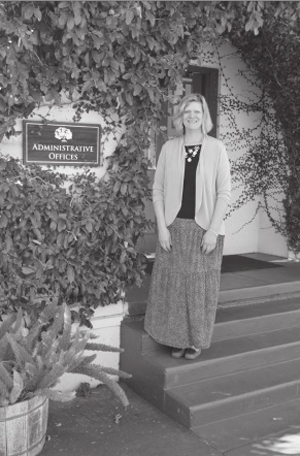
Karen Morse.
One: A Little History. The Threshold. Over the course of OVS's first 100 years, more than 5,340 children have enrolled to be educated by dedicated teachers who measure their own success by the success of their students. Students from 34 countries have come to seek the academic and social guidance that would allow them to contribute to the diverse global community. More than 2,400 students have come from the United States, with the remainder from as far away as China, Japan, Saudi Arabia, Thailand, Vietnam, and South Korea. From its roots in 1911, the school has followed the same motto: "Nothing less than your best." Each student is encouraged to reach his or her full potential, both academically and socially. This book describes the experiences of those students during the school's first century. Over this span of years, there have been 23 heads of school at the Upper and Lower Campuses. Karen Morse, seen here at the threshold of the Lower Campus in 2012.
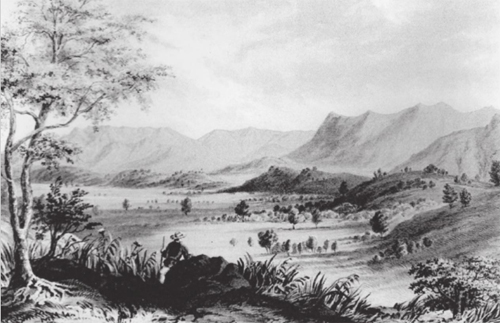
Paradise. The Name Ojai, derived from the Chumash Indian word A'bwai ("moon"), was given to an inland California valley by early Spanish settlers. A.H. Campbell's 1854 lithograph (pictured), part of a survey for a transcontinental railroad from California to Mississippi, is the earliest known image of the Ojai Valley. The village began in 1874 as the dusty western town of Nordhoff, named for author and journalist Charles Nordhoff. The name was changed to Ojai in 1917 for three reasons: people were already calling the village Ojai; Nordhoff was a German name, unpopular during World War I; and mail was being erroneously delivered to Norwalk, California, instead of Nordhoff. In 1997, Don Weinman noted, "Most residents are sure Ojai means 'nest' in the Chumash language, but experts disagree. They say it means 'moon.' Those of us who live here say it doesn't matter. To us, it means paradise.' (OVM.)
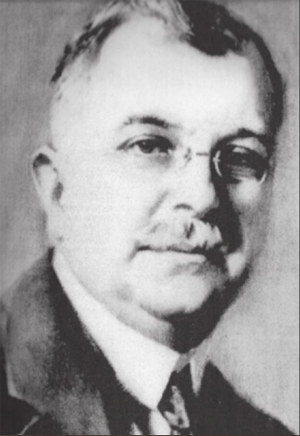
Edward Libbey. Edward Drummond Libbey, founder of the Libbey Glass Company of Toledo, Ohio, and his wife, Florence, loved to vacation in the Ojai Valley, staying at the exquisite Foothills Hotel. They and other guests arrived by horse-drawn conveyance, such as Thomas Clark's "six-in-hand" (below). In 1911, the Libbeys built a home on Foothill Road. Thus began the great influence Libbey would have on Ojai and Ojai Valley School. Libbey, a leading benefactor of the Ojai Valley, tried to market 360 acres west of Nordhoff, which he referred to as "the Arbolada," to Easterners. Although The Thacher School for boys had been established about five miles east of Ojai in 1889, people advised Libbey that potential home buyers would be more interested if a private, coeducational school existed in the area. Libbey agreed to donate three acres for this purpose. (Both, OVM.)
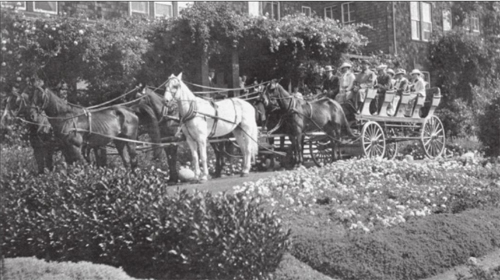
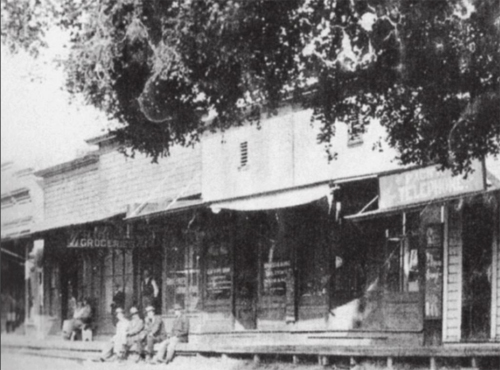
Before the Arcade. The above image shows downtown Nordhoff in 1915 before the arcade was added. Horses and buggies moved lazily down the dirt road that was Main Street, late named Ojai Avenue. The businesses ranged from a drugstore, a barbershop, and a clothing emporium to mercantile stores and a telegraph office. Electricity did not come to the valley until 1913. The arcade, shown below soon after construction in 1917, looks very much the same today. Vehicles of the 1900s parked at an angle to the shops but later had to park parallel to the curb because of increased traffic. Unfortunately, the stately oaks and sycamore trees that Libbey once protected eventually had to be removed for safety reasons. The citizens of Ojai still take pride in keeping their village quaint, minimizing or prohibiting modern developments such as parking meters and fast-food franchises. (Both, OVM.)
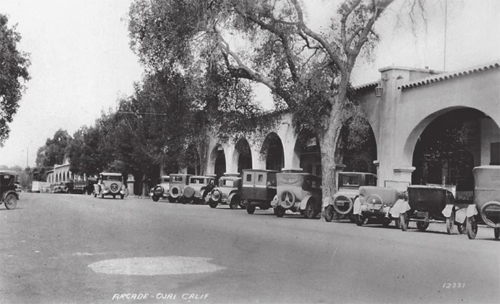
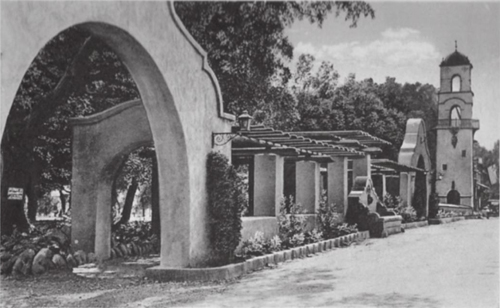
Civic Center Park. Edward Libbey, pictured [below] with his wife, Florence, around 1901, saw a need to improve the downtown business area, so changes in the valley accelerated sharply after he arrived. His most notable project was financing a face-lift of Main Street. Storefronts were transformed in the Spanish style, a Mission Revival arcaded walkway went down the side of the business area, a Spanish-style tower was constructed for the main post office, and the same style continued with a pergola and a city park across from the arcade. Here, families enjoyed picnics and listened to music. The photograph above, with a view looking west toward the tower, shows the entrance to the park. This became the site of the renowned Ojai Music Festival, which began in 1947 and continues today. (Above, David Mason collection, below, OVM.)
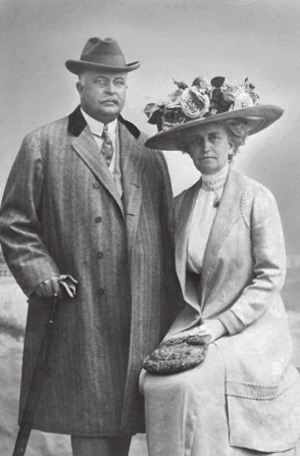
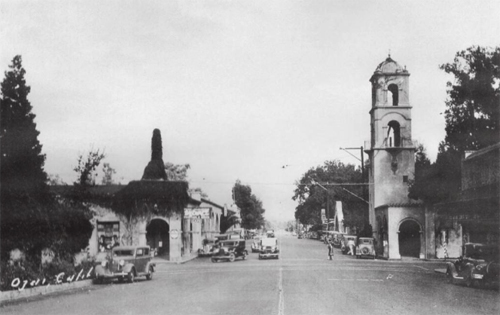
Very Little Change. When Ojai Valley School opened at its Arbolada location in 1923, the town of Ojai looked very much as it does today. In 1917, the citizens wanted to have a special day to honor Libbey's contributions to the town. The name "Ojai Day" was given to this special occasion, and it is still celebrated. The above image shows the paved Ojai Avenue in 1930. Between 1960 and 1990, the structures and even the park began to deteriorate, but by 1990, there was an increased emphasis on preservation and renovation. The same view in 2011 is shown below. (Above, OVM; below, photograph by author.)
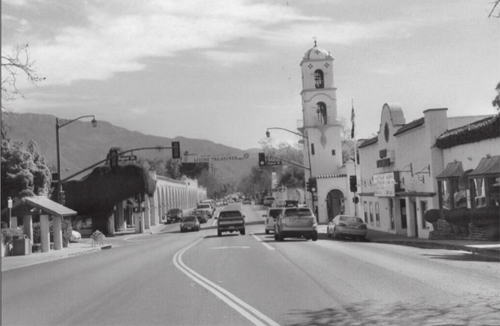
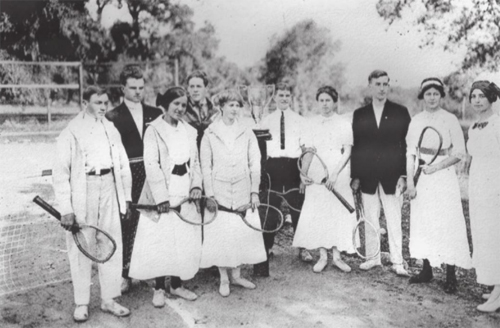
The Ojai. Tennis came to the valley in 1892 when Sherman Thacher and his brother William built the first packed-dirt courts marked with chalk on Thacher property. The first tournament was held there in 1893, and subsequent tournaments began drawing tourists. Men's dress code early in the 20th century required long pants. By 1907, women's interscholastic competition was introduced, and the ladies wore white dresses. By 1912, the Ojai Tournament was the largest amateur tournament held in the United States. In 1917, courts were constructed on land donated by Edward Libbey in the middle of town, and over the years, this tournament, known as "the Ojai," has attained national status. The Ojai tennis tournament celebrated its 100th anniversary in 2000. (Both, OVM.)
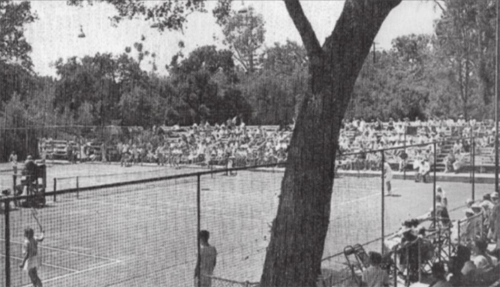
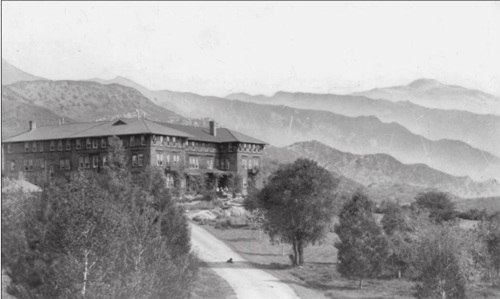
The Foothills Hotel. Given the need for more accommodations, the Foothills Hotel was constructed in the west end of the valley and opened on January 19, 1903. This facility attracted the wealthy clientele that Libbey hoped would purchase property in the Ojai Valley. The hotel burned to the ground in 1917, but was rebuilt in 1918. It continued to flourish until the onset of the Great Depression in 1929. The hotel finally met its demise in 1976, and an Ojai treasure was lost. (OVM.)
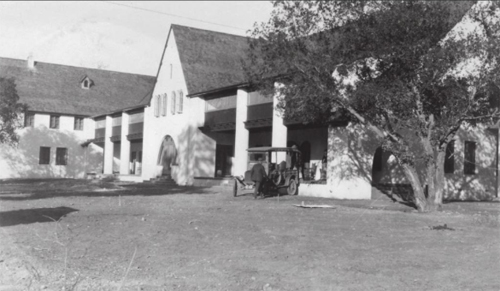
Benefactors. After purchasing the Bristol School, Edward Yeomans opened Ojai Valley School (with 38 students) in the winter of 1923, on land donated by Edward Libbey for a "private co-educational school." Funds for a dormitory, classrooms, and a shop were provided by Frank Frost. Land for the athletic and gymkhana fields was donated by Mary Ford [Mrs. William Ford].
William Ford was a successful businessman from the Midwest with an impressive resume and eclectic interests. Inheriting his father’s insurance empire, he used some of the capital to found the Ford Plate Glass Corp. becoming an important figure in the production of modern industrial glass. Later he was appointed president of the Bolsa Chica Oil Corporation after the unexpected death of its founder and his friend, Irving Augur. Though his primary residence was in Ohio, Ford had a number of homes across the country including a working cattle ranch in Montana that was rumored to have the world’s largest herd of Holsteins. One of his favorite retreats, however, was his winter estate in Ojai, California. (Sheet Metal Worker. Vol. 26 1935)
After WW I Ojai (originally named Nordhoff) became a winter destination for many American millionaires looking for healthy air and a temperate climate. In 1908 Edward D. Libbey, a glass manufacturer from Ohio, bought a large tract of this undeveloped land and commissioned Myron Hunt to design a Spanish-revival style home for his property. (Libbey continued to add to his home, hiring Los Angeles architect Wallace Neff in 1923 to design an elaborate stable complex.) In 1917 after fire destroyed much of Nordhoff, Libbey personally oversaw its revitalization to recreate his “version of castles in Spain.” (Westways. July, 1937) Libbey hired the architectural firm of Mead and Requa to implement his ideas. The town of 500 officially became Ojai in 1921 and Libbey began promoting its livability to many of his friends and colleagues. Among those who followed him to Ojai were Irving Augur and William Ford. Auger and Ford selected Paul R. Williams to design their winter residences.
Architectural “revival styles” were the rage in Southern California before WWII. Spanish Colonial dominated both commercial and residential construction. With its characteristic clay tile roof, arches, balconies and stucco-like finishes, the style was believed to compliment California’s moderate climate and outdoor living. Ford commissioned Paul Williams in 1928 to plan a residence sympathetic with Ojai’s new aesthetic. Williams was already recognized for his mastery of the revival genre. Williams used period styles as inspiration and skillfully combined the “historic” with modern function, current technology and client lifestyle to create a unique home. The Ford “hacienda” built around a landscaped courtyard (image 2) with a tiled 3-tiered fountain and rooms with panoramic views of the Ojai Valley was his design for this family. (Architect and Engineer. March, 1946)
Ford purchased property in Ojai’s Country Club Estates and his 16-room, 14,000-square-foot home was the first built in the development. While Ford wanted his home to have a heritage look, he insisted on the latest modern building materials and gadgets. Williams, a master of architectural disguise, successfully concealed the modern features behind white paint, plasterwork, wrought iron details, wooden shutters and thousands of handmade decorative tiles. (San Valle Tile Kilns featured photographs of the house in its print advertisements.) Using concrete blocks on the exterior, Williams and the contractor created the impression of aged adobe brick. The result was a new home with an instant California pedigree.
“This artistic country home is designed in Antique Spanish Architecture to harmonize with the magnificent surrounding scenery.” (Southwest Builder and Contractor. May 2, 1930)
The Ford residence was well known throughout Southern California for its comfort, beauty, extensive outdoors entertaining areas and natural setting. Though Ojai was located in a rural California outpost, the house included a tennis court, swimming pool, elaborate outdoor areas for entertaining and Blackburn’s Disappearing Rollup Window Screens. Images of the house appeared in popular contemporary magazines as an example of ideal California living, attracting both the wealthy and those aspiring to live like them to Ojai.
William Ford died in Ojai within five years of completing his home. The Los Angeles Times reported, “He had been ill only a few days, having suffered a stroke after returning from an eastern business trip.” (May 3, 1935)
Thanks to historian Charles J. Fisher for his insights into the Williams Ford residence and use of his images.
-- William Ford Residence, Ojai, CA, by Paul Revere Williams American Architect
Renowned architect Wallace Neff designed the new school.
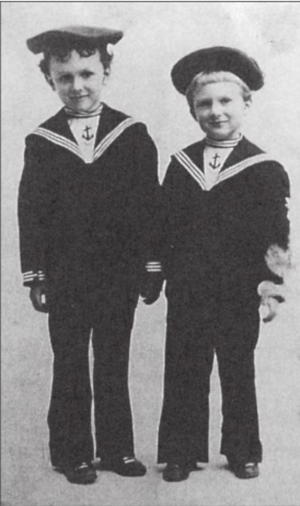
Two, Wanting a Little More for the Children.
A Simple Beginning. In 1911, Dr. Philip Schuyler Van Patten; his wife, Emily Adams Van Patten; and their two small sons, Philip, age six (left), and Charles, almost four (right), settled in the Ojai Valley. The Van Pattens wanted structure and a broad exposure to life and nature in their sons' lives and thought a small school situation within the home would be idea. They hired Ida Belle Lamb as a tutor for two hours per day. A year later, Ida Belle, who was getting married, recommended her sister, Olive Bristol, as a teacher for the boys. Olive and her husband, Walter Bristol, taught classes in their own home, located near the present-day northwest corner of Ojai Avenue and Bristol Road. The young boys, along with the Bristols' seven-year-old daughter, Esther, began their studies in the fall of 1912. A large sleeping porch at their home was divided into classrooms to accommodate desks for more pupils. (OVM.)
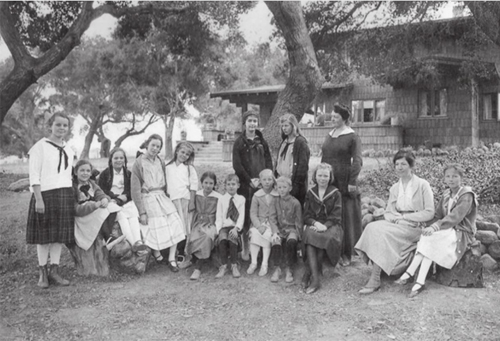
Earliest Photograph. This 1914 school photograph is the earliest image of Olive Bristol (standing, far right) and the Bristol School. The school filled a void in many people's plans for their children, and so it continued to grow. By 1915, a small school building was erected to house 12 to 15 pupils, but it was not long until it was bursting at the seams with 25 children. In 1916, at age 11, Philip Van Patten became the first graduate of the Bristol School. The disastrous Ojai fire of 1917 destroyed most of the Bristol School, which was also the family's home. Only the cottages remained, but the Bristols continued educating children. When reconstruction was planned, there was a request for boarding accommodations for six girls. In 1922, Olive retired, and Edward Yeomans bought the school. He reopened it as Ojai Valley School in 1923 on land donated by Edward Libbey between El Paseo Road and Ojai Avenue. While the dorm and classrooms were being constructed, the children remained at the Bristols' home.
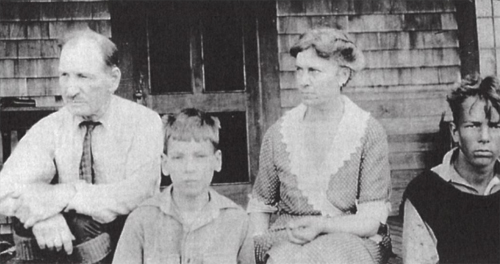
Progressive Educator. Edward "Ned" Yeomans married Julia Day at Lake Forest, Illinois, in 1904. He and his wife adopted a baby, Andrew, in 1911, and three years later, another son, Edward Jr., was born. Desiring a better education for their boys, Yeomans became instrumental in promoting progressive education in the public schools of Winnetka, Illinois. His system encouraged students to progress at their own rates and to be responsible for their own learning. In 1919, the family returned to the Chicago area to give their boys a year in the Francis Parker School. While in Chicago, Yeomans published his progressive ideas on education in his book Shackled Youth. The 1922 photograph above includes, from left to right, Ned, Ed, Julia, and Andrew.
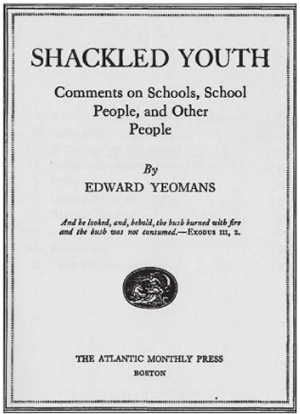
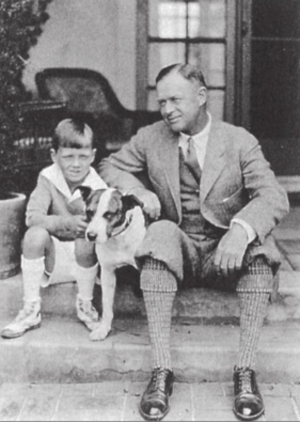
Frank Jefferson Frost. Frank Frost was born in Missouri and earned an engineering degree from the University of Missouri. He had worked in a number of professions, most recently as the treasurer of the Standard Oil Company of New York. As a winter visitor to the Ojai Valley, Frost had read Yeomans's Shackled Youth, and his pamphlets on progressive education with extreme interest. Frost wanted more for his only son, Morris, and had yet to find a suitable school. Encouraged by his wife, his mother, and Frost, Yeomans was persuaded to leave Illinois and set up residence in Ojai, where Morris Pratt Frost and the Yeomans' boys could experience the outdoor life of the West. In addition, Yeomans could create a school that would put into practice his unique perspective on childhood education. Frost approached Edward Libbey and asked him to donate a parcel of land from his Arbolada tract for this purpose.
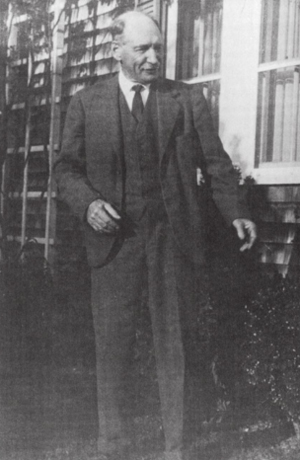
Philosopher. When Edward Yeomans, pictured here in 1941, first arrived in the Ojai Valley, he was awed by its simplicity and beauty. He was amazed by the orange groves and fruit orchards that ran from Ventura to Ojai. He saw the grandeur of the mountains and the stark beauty of the trees and shrubs on their slopes. Yeomans said, "It was the most beautiful spot on earth." In a sense, Yeomans's educational philosophy was fulfilled by the beauty of the Ojai Valley. Here, he could put the philosophy he had carefully crafted in Shackled Youth into practice. Here, he could create a school focused on experiential learning. In his words, "Unless a community is a good place for children, unless it can take care of their growth intelligently, it cannot stand the test of time."
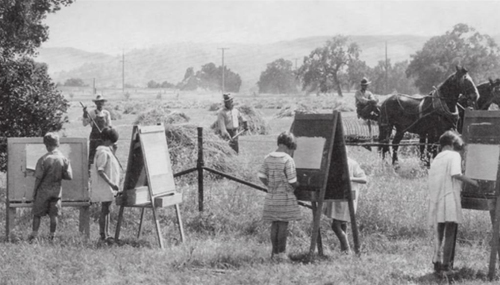
Basic Principles. Yeomans never compromised his educational ideals; educational reform was his dream and desire. He was motivated by the beauty of nature and intriguing conversation and was inspired by life outdoors. He felt compelled to speak on behalf of children across the country. Teaching was an art, and he felt that each teacher must be an artist. "Experiencing instead of telling" was one of his core principles. He envisioned a school where children could pursue artistic expression alongside mathematics, history, and science. Yeomans's precepts in action can be seen in this image, which shows children painting in the great outdoors.

Ned's Shop. Written over the doorway of the OVS shop (this image shows the shop's interior) are the words of Horace, Integer Vitae, principles upon which Yeomans based his school.
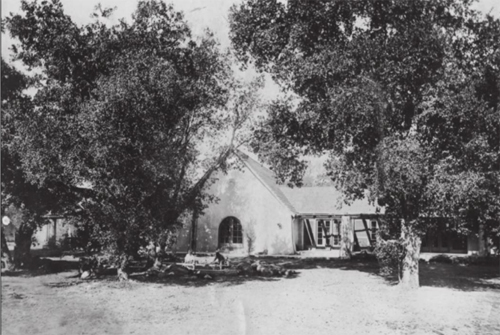
Early Donors. In 1923, Katharine Twichell [Mrs. Burton Twichell], one of the founding members of the holding company that owned the school prior to incorporation in 1925, donated money for the first primary classroom building at OVS (above). While construction on new classrooms and the Frost Hall dormitory (below) was being completed, students continued their studies and residence at the Bristol cottages. Mary Bard, a charter member of the board of trustees, donated funds for additional classrooms, an assembly hall, and offices. In 1926, all OVS activities were moved to its present Lower Campus location.
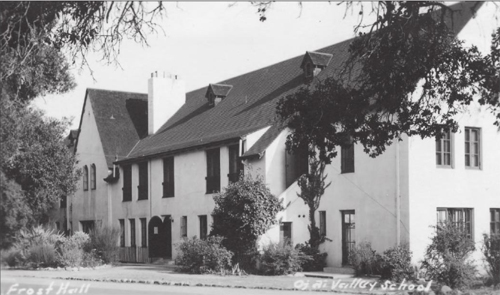
Frost Hall dormitory.
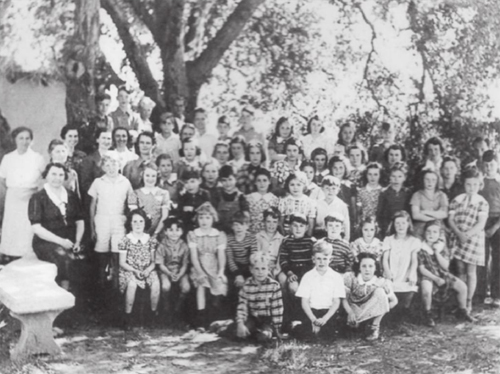
All-School Photographs. From its beginning, the school established a tradition of taking all-school photographs. This tradition has continued as the school has grown. This 1938 picture shows the 45 students enrolled that year.
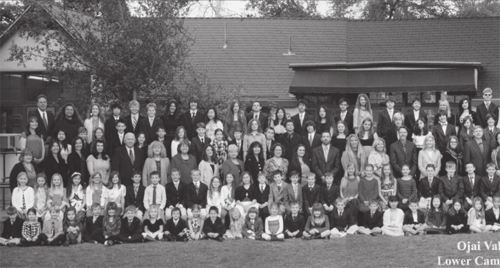
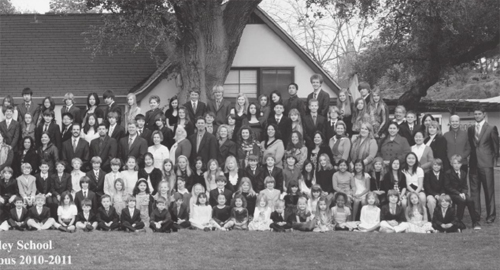
Ojai Valley School Lower Campus 2010-2011
The School Has Grown. This image shows the Lower Campus in 2011. There are nearly five times as many students as in the 1938 image. Note that the dress code has changed but the venerable oak trees remain.
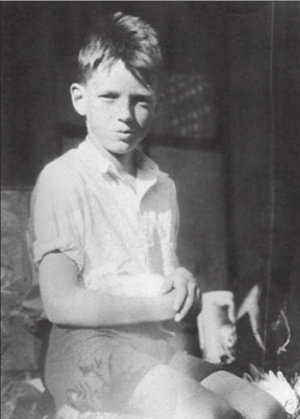
Boarding Student. In 1923, at age seven, Morris Frost was among the first boarders to attend OVS. He took up residence in the Bristol School cottages until the completion of Frost Hall in 1924. Morris's father, Frank, was more than willing to donate anything the school needed to give his son the education that followed Yeomans's beliefs. This image shows Morris at age 10 or 11.
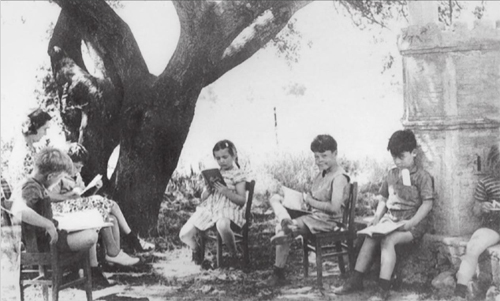
Reading. One of Edward Yeomans's legacies is the belief that reading is the foundation of lifelong learning. Even before a student arrived on campus, he or she was expected to prepare for the upcoming year by reading five or six books over the summer and being prepared for an in-depth discussion during the first week of the fall term. Here, Kitty Bragg manages her reading class with quiet firmness. All the children loved and respected her.
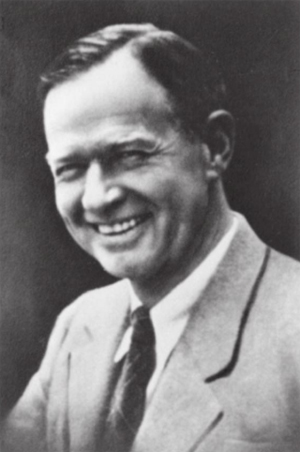
Early Growth. Frank Frost was a widower when he and his son Morris moved to Ojai. Morris attended the Bristol School until the opening of Ojai Valley School in October 1923. As he had promised, Frost supplied the funds to build a shop and a dormitory to hold 30 boarding children. By the fall of 1924, the dorm was filled to capacity. Almost 100 years later, this little school has grown to two campuses, accommodating more than 300 boarders and day students from prekindergarten to 12th grade.
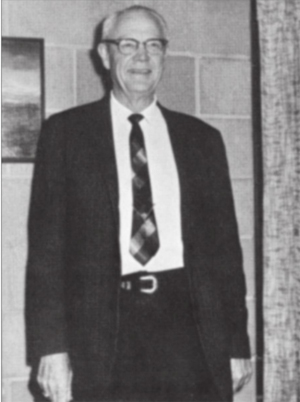
Wallace Burr.
Pioneers. Ojai Valley School began as a tutoring program in the home of Phillip and Emily Van Patten. It grew under the guidance of Olive Bristol and flourished under the vision and philosophy of Edward Yeomans. Although Yeomans's view remained important to the ethos of Ojai Valley School, the "real world" of education inevitably intervened. Issues of funding and concerns that students were not receiving a conventional education were raised by parents and faculty. This eventually led to a restructuring of the school's daily schedule and curriculum. Classes were set up to be better aligned with standard subject matter, all the while retaining an emphasis on creativity, experiential learning, and individuality. This transition was orchestrated by a series of exceptional individuals, beginning with Gudrun Thorne-Thomsen and continuing with Wallace Burr (pictured). Teachers often worked without pay for long periods because they believed in the education of children and the values of the school's founders.
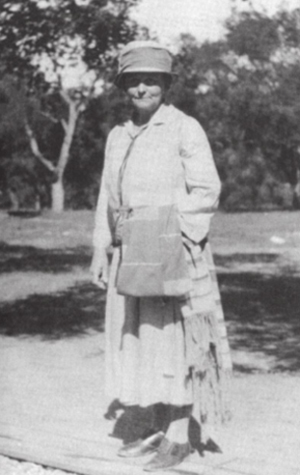
Gudrun Thorne-Thomsen.
First Lady in Charge. Olive Bristol was contemplating retirement in 1921, and Yeomans saw an opportunity to open his own school with the existing Bristol enrollment. He agreed to purchase the school from the Bristols in 1922. The transfer took place on March 15, 1923, when the Bristol School became Ojai Valley School, continuing to operate on the Bristol property while the new campus was being completed. Then, tuition was $200 a year. Yeomans selected Gudrun Thorne-Thomsen (pictured), an advocate of progressive education and a Norse mythology teacher whom he had met in Chicago in 1919, as the first headmistress. One of her teachers, Kitty Bragg, admired her administrative abilities. "Mrs. Thorne-Thomsen was an exacting headmistress, but supported and defended her teachers, if necessary, until they proved inadequate or unworthy, in which latter case they didn't stay long at the school."
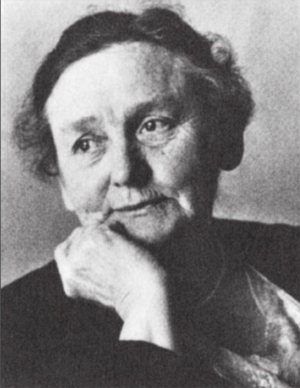
A Woman of Many Talents. When the Bristol School became Ojai Valley School in 1923, it was agreed that Thorne-Thomsen would make decisions regarding educational and disciplinary matters as the new headmistress. She was known for her lectures on children's literature and on improve the standards of education. She authored several children's books and was a much-loved storyteller. Thorne-Thomsen was a stern disciplinarian and served as headmistress from 1923 to 1936.
In 1925, during her term, the first board of trustees was appointed. Those selected to serve on the board were Morgan Barnes, Frank Frost, Georg Thorne-Thompson [Georg Thorne-Thomsen; B. 1871 (Norway); D. May 28, 1936 (Ventura, Calif.); Spouse: Gudrun Nielsen Thorne-Thomsen (1873-1956); children: Francis Thorne-Thomsen (1897-1987) & Leif Thorne-Thomsen (1907-1994)], Carl Lindin [Mrs. Carl Eric Lindin], Mary Bard, and Edward Yeomans. When the school and its students moved to the new campus, there were 48 day students and 17 boarders.
Educational
The graphic relief map, North America. Designed and drawn by Georg Thorne-Thomsen. 1:6,336,000. A.J. Nystrom & Co., Chicago [1915].
The graphic relief map, South America. Designed and drawn by Georg Thorne-Thomsen. 1:6,336,000. A.J. Nystrom & Co., Chicago (1915].Nystrom (A.J.) and Company, Chicago. The Webster-Knowlton_Hazen European history maps; a teacher's manual, by Georg Thorne-Thomsen. © 15Sep24, Nystrom & Co.
-- Bulletin of the American Geographical Society, Volume 47, by American Geographical Society of New York
